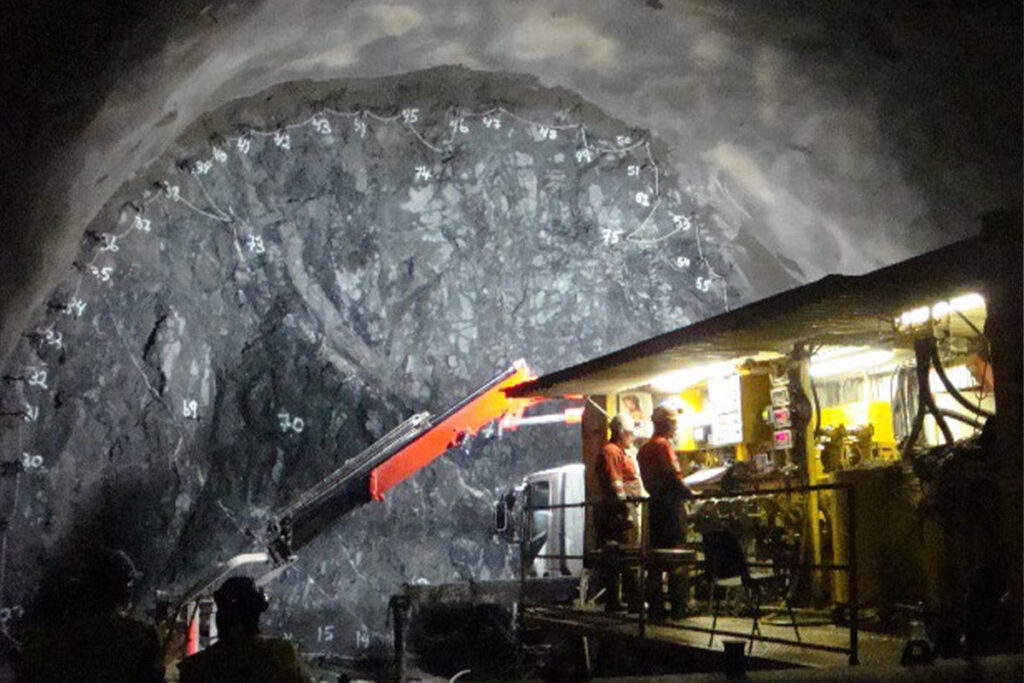by Nick Ryland Barton, Steinar Roald

Pre-grouting is an effective way of displacing water and severely limiting inflow to tunnels, if practiced correctly. Joint sets are successively sealed, and permeability tensors are known to rotate and reduce in magnitude for each set. This has been measured during 3D permeability tests. In fact, the needs for tunnel support and reinforcement are actually reduced by successful pre-grouting, but not when wet shotcrete or leaking bolt holes are seen following unsuccessful pre-injection. The possibility of dry tunnels depends on the use of stable non-shrinking grouts with microsilica additives. Due to extensional viscosity the latter are de-selected if using the inadvisable filter-pump which is favoured in some countries. Particle sizes should be appropriate to the estimates of mean physical joint apertures (E). Hydraulic apertures (e) estimated from permeability testing are idealized smooth parallel plates. They are smaller, mathematically derived apertures so are physically non-existing objectives for determining the cement particle fineness, using either ultrafine, or micro-cement, or industrial Portland cement.
You can read the full article at below:


